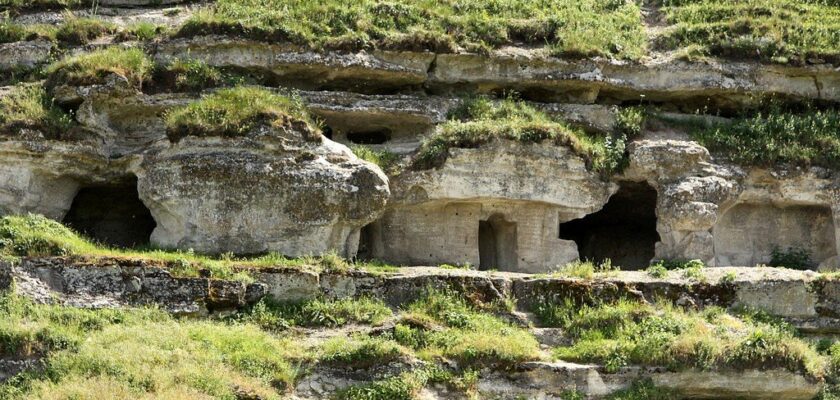Old Orhei
Old Orhei is an archaeological complex in Moldova, located 60 km northeast of Chisinau. It is interesting because traces of different civilizations have been found here, and nowadays an open-air museum is organized.
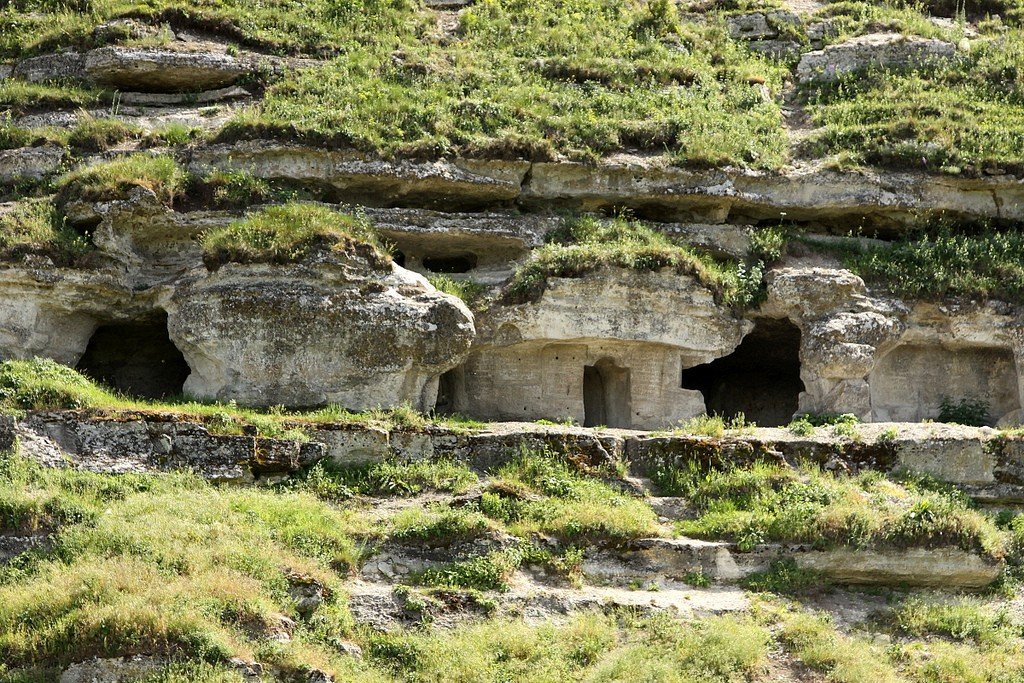
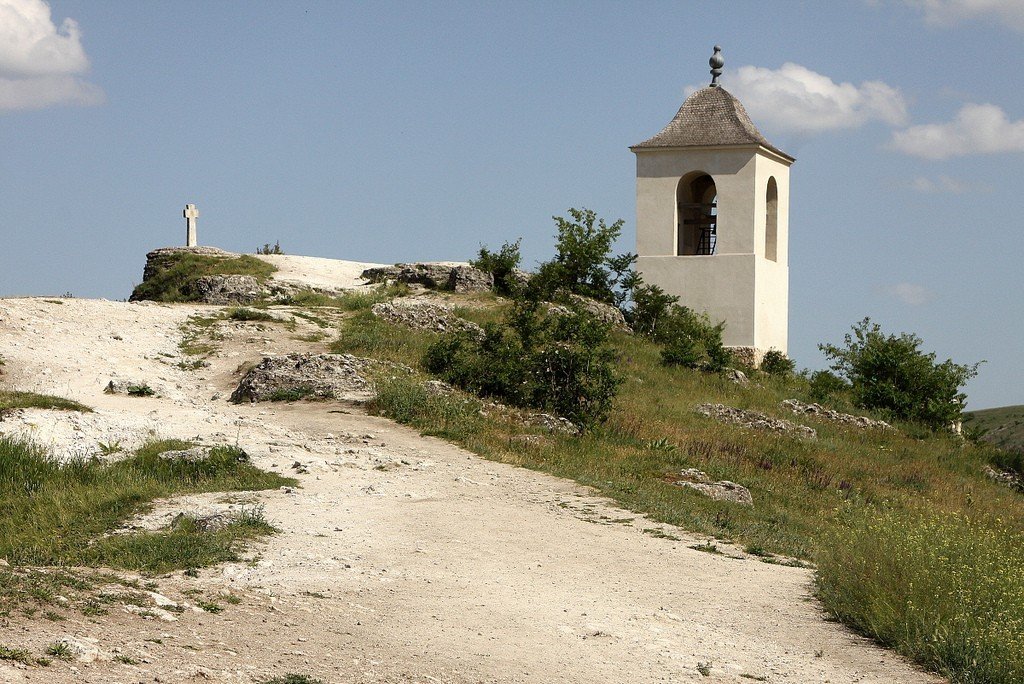
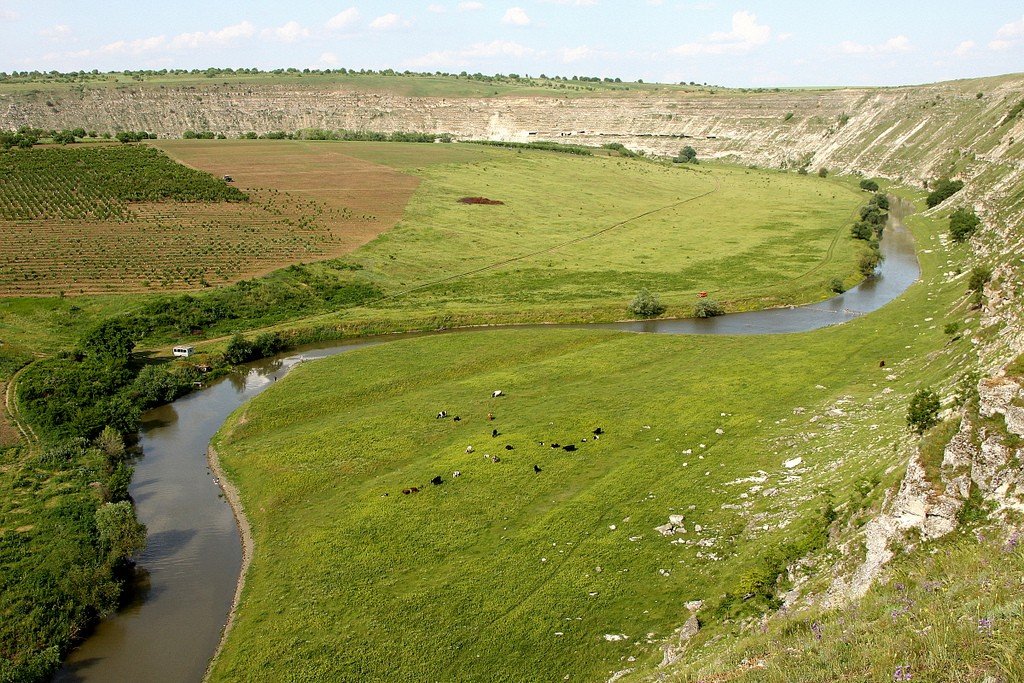
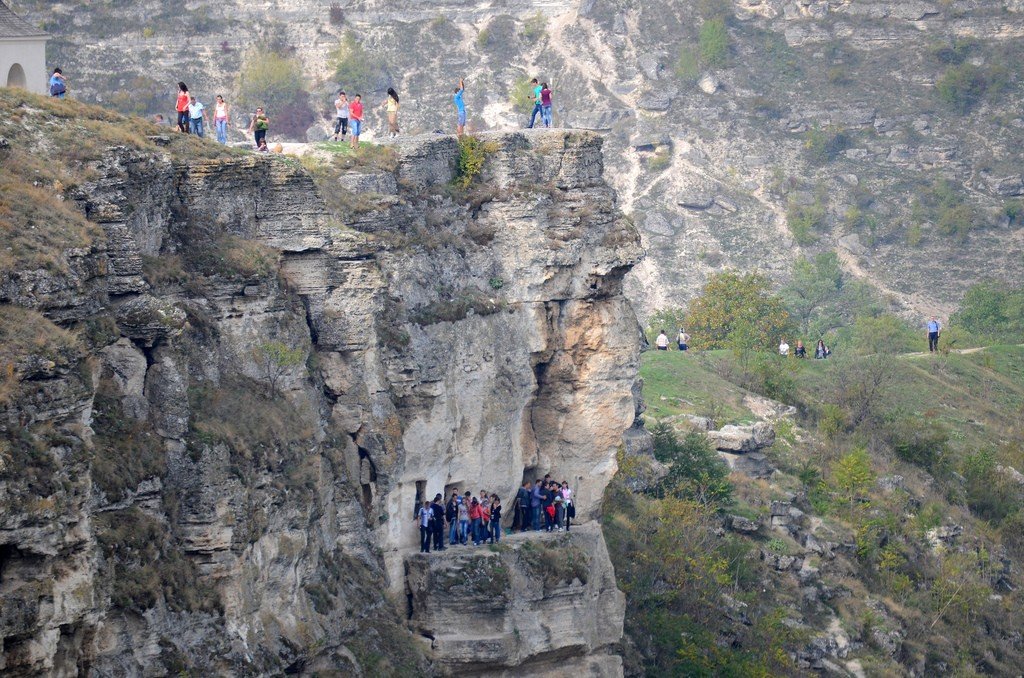
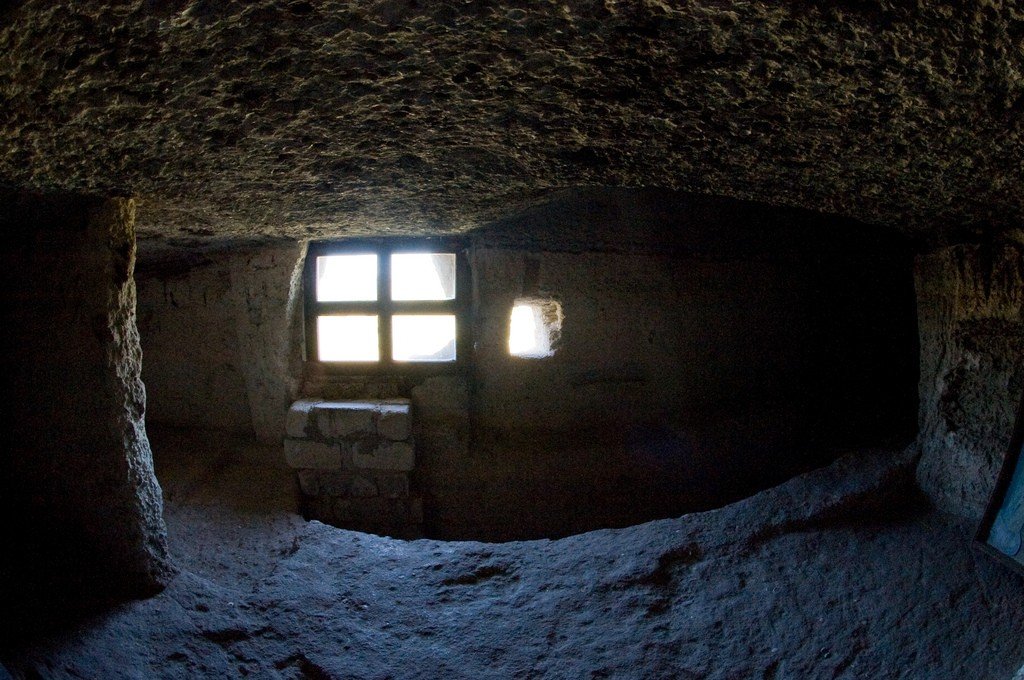
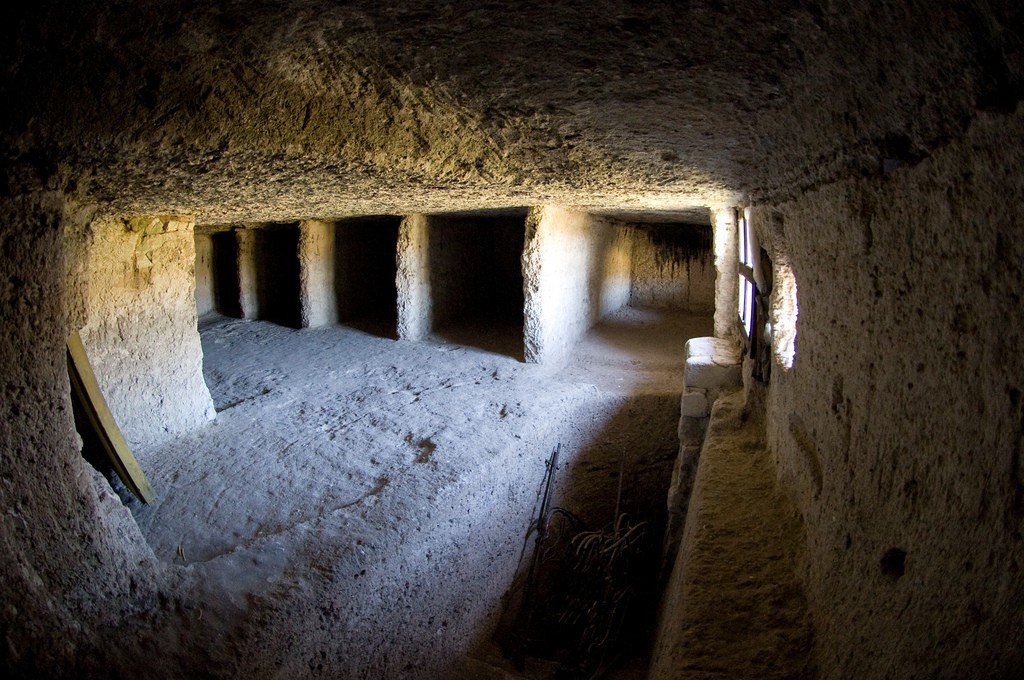
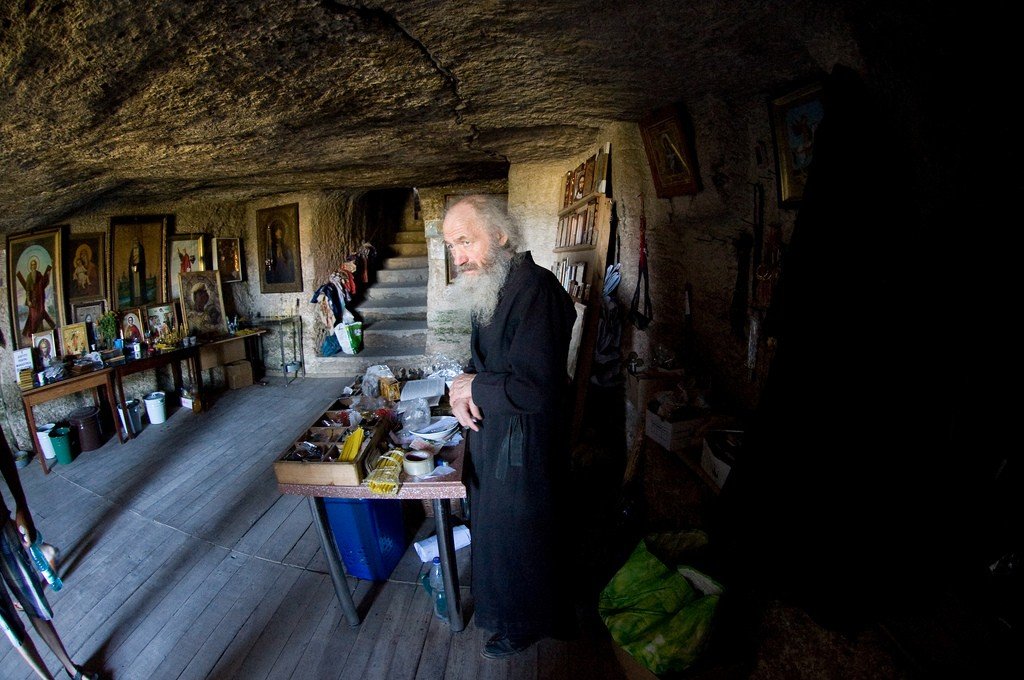
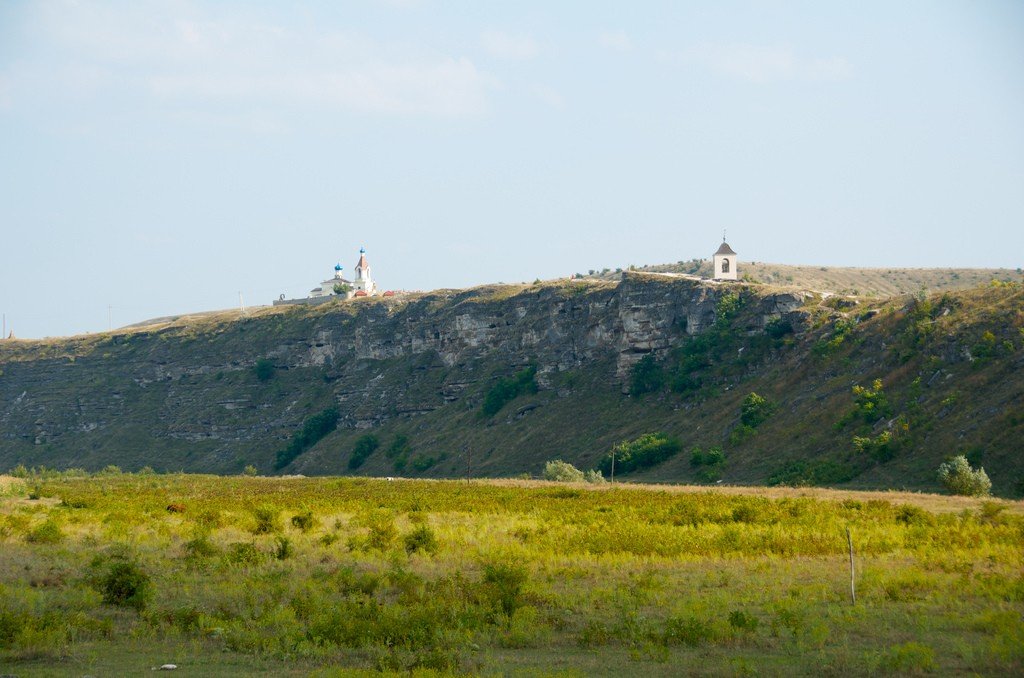
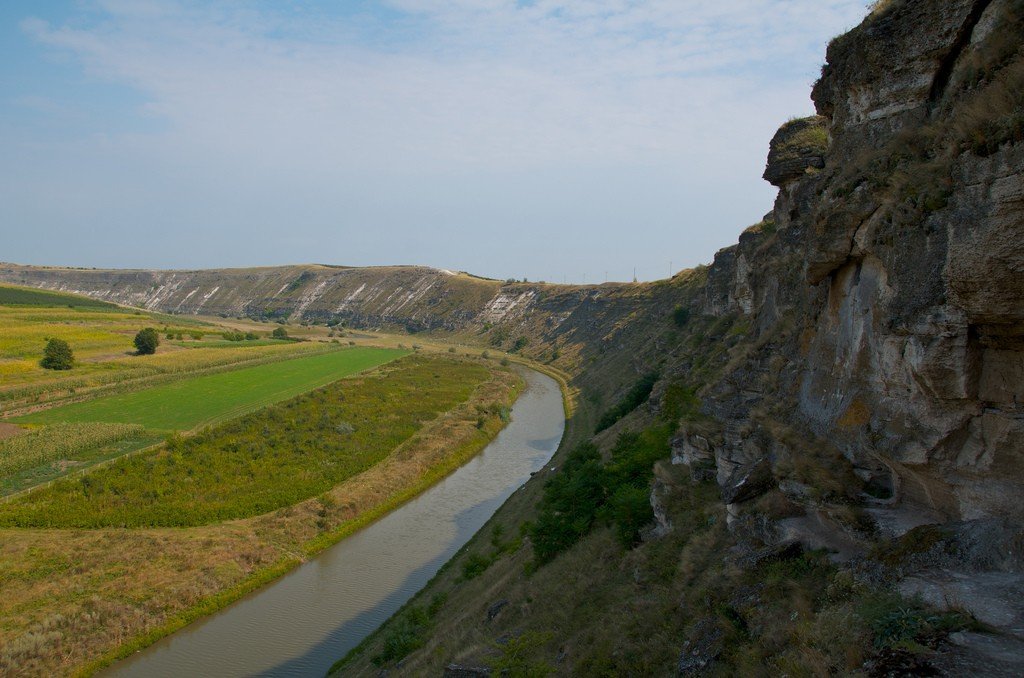
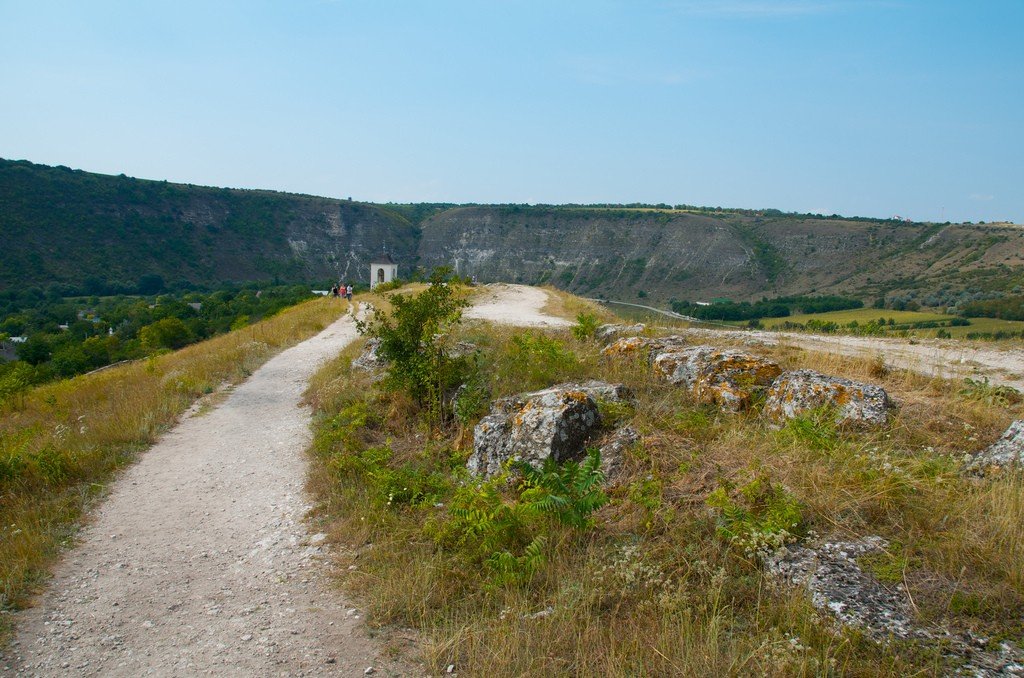
History
This area has been inhabited since ancient times. Many cities have been founded and destroyed on this place. The first city that was founded here was called Orhei, which means “fortification”. At the beginning of the XIV century the Golden Horde conquered this territory and on the place of Orhei grew a city in oriental style called Shehr al-Jedid, which means “New City”. In the middle of XIV century this city disappears and a new city named Orhei appears on this place. In the middle of the XVI century the inhabitants of Orhei moved 18 kilometers to the north. Later they founded a new town called Orhei in the new place. The archaeological reserve bears the name of the medieval town located in this place, but it is already called Old Orhei.
.Excavations on the territory of Old Orhei have been conducted since the 1940s. In 1968, the museum complex “Old Orhei” was formed. On the territory of the museum complex are located the villages of Trebuzhyni, Butucheni, Morovaya.
The Old Orhei museum complex is a system of historical monuments and natural landscapes. It consists of several steep cliffs. The central rock is called Peshtere. The name comes from the numerous caves carved in it (“Pestere” translates from Romanian as “caves”). Butuceni Rock is a very successful addition to Old Orhei. Together with Pestere rock they form a complex, harmonious from all points of view. Butuceni Rock is interesting both from the geological point of view and from the point of view of the uniqueness of the landscape. The magnificent view and the traces of the disappeared cities shock every visitor.
Old Orhei is famous for its rock monasteries. The area was ideal for monasticism in early Christian society. It was isolated from the outside world. At the time when Christians came to this land, it is possible that there were already caves in the rocks, carved by the prehistoric tribes that lived in the area. Most likely, the Christians utilized the existing caves. They “invaded the rock” to “become the rock.” Christian life in the rocks of Old Orhei became sacred and eternal. In the Middle Ages, the spread of monastic life forced the monks to go deeper into the rocks. They enlarged existing caves and carved new ones. Some caves have been well preserved to this day. And some have been damaged or not allowed at all, mostly by earthquakes, which are frequent in the region. Research shows that dozens of monasteries have collapsed into the waters of the Reut River, but many complexes are still in good condition.
.
Items from all periods of the monument’s existence have been found on the territory of Old Orhei. Muslim tiles, pottery, jewelry, statuettes. Now they are located in the museum.
.In Old Orhei there are several historical structures that attract the attention of both scientists and ordinary people. The oldest fortified structure in Old Orhei is the Geta Fortress. It is located on the Butuchen rock. The fortress has an oval shape, which is oriented from east to west. The fortress is connected to the surrounding world by a narrow path, which can be easily blocked in case of need, so the terrain was ideal for the construction of the fortress. At the end of the 3rd century BC, the inhabitants abandoned the fortress due to invasions by Germanic tribes and Bastarnae.
.
Another structure that attracts interest is the Medieval Fortress. It was built when the Golden Horde conquered the area. The town that existed here was destroyed and a new town called Shehr al-Jedid grew up in its place. The wooden fortress was demolished and a new stone fortress was built. In this fortress a large building was built. It had 2 rooms of different sizes and an underground tomb. The building was accompanied by a courtyard. After the city was liberated from the Golden Horde, this building became the seat of the Orhei district magistrate. At that time, the inner courtyard became an attribute of Moldovan houses. The tomb was converted into a cellar and since then cellars also became an attribute of Moldovan houses. This building burned down. Perhaps it happened in 1510, when the Tatars set fire to the whole town.
.There are two rock monasteries in Old Orhei that can be visited today. The rock-cut monks’ cells, churches, and stone crosses above them make a stunning impression. There are magnificent icons and altars made of wood by Moldavian masters. The ceilings of the premises are very low, only just about human height.
In the city founded by the Golden Horde, 3 baths were built (they were called feredeu). They were located in different parts of the city. They were public places in which one could bathe. All baths were made in oriental style. The foundation of one bathhouse has survived to this day. The building was rectangular in shape. There were 2 compartments in the bathhouse: for men and for women. There was also a special room for rest, where there was a stone table and chairs. The building was equipped with central heating. Warm air circulated in the voids under the stone floor and the floor was heated. A caravanserai (khan) was also built in this city. It was rectangular in shape. The caravanserai had a courtyard and it also had a small building with two gates, one for entry and one for exit. Rooms for customers and for their horses were located along the inner walls. A similar caravanserai survives to this day in Bucharest.
.To the southeast of the caravanserai, the foundations of a church were found. This church had a sanctuary, a nave and a vestibule of a nave 18 meters long. This church is special. The aisle is wider than usual and is separated from the nave by a stone wall. There were also 4 corners on the west wall, which also distinguish the church from the rest.
.Tourists
Those who visit Old Orhei by bus as part of a trip organized by a travel agency are shown only the sights of Butucheni village and its neighboring cave temple, but are not shown the fragments of the stone fortress and the Tatar settlement, as well as the protective structures of the Geto-Daks. There is an ethnographic museum, a restaurant and a hotel on the territory of the reserve.
On weekends, especially in good weather, Old Orhei is filled with visitors, both by private cars and tourist buses. Keep this in mind if you want to enjoy the atmosphere of antiquity without the crowds.
